CARING WITH FAMILY
|
| The level of warmth and friendliness a breed typically shows towards family members or familiar faces can vary significantly. Certain breeds may reserve their loyalty and affection exclusively for their owners maintaining a distant demeanor with others. In contrast, there are breeds that exude friendliness treating each acquaintance as though they were a dear and cherished companion. |
LOVE WITH CHILDREN
Unwise
Good With Children
|
| The degree to which a breed is able to handle the lively antics of children and its general suitability for family life can vary. Regardless of a breed's reputation for being good with kids, it's crucial to keep a watchful eye on interactions between dogs and young children or children of any age who aren't accustomed to dogs. This ensures safety and positive experiences for both the children and the dog. |
BEHAVIOR WITH DOGS
Unwise
Good With Other Dogs
|
| The innate disposition of a breed to be sociable with other canines often differs. While it's essential to monitor dogs during meet-ups and introductions, certain breeds naturally tend to be more amicable and compatible with their fellow dogs, whether it's within the household or out in communal settings. |
SHEDDING LEVELS & MANAGEMENT
No Shedding
Hair Everywhere
|
| The amount of fur a breed is known to shed can be substantial, thus informing how much grooming they will need. High-shedding breeds often call for regular brushing to manage loose hair could potentially activate specific allergies and might necessitate more frequent use of the vacuum cleaner and lint roller to keep your home clean. |
COAT GROOMING STANDARDS
|
| The regularity with which a breed needs bathing, brushing, trimming or other forms of grooming care varies. When assessing the level of grooming a breed demands, reflect on the amount of time, patience and budget you can allocate for these upkeep tasks. Bear in mind, regardless of the breed routine nail trimming is a must for the health and well-being of any dog. |
DROOLING INTENSITY
Less Likely to Drool
Always Have a Towel
|
| The likelihood of a breed to drool extensively varies. If you're someone who prefers cleanliness and order affectionately known as a 'neat freak' then opting for a dog breed known for leaving trails of drool on your arm or sizable damp patches on your clothing might not be the best match for your lifestyle. |
COAT STYLES GUIDE |
| Double |
| COAT SPECTRUM |
| Medium |
FRIENDLINESS
Reserved
Everyone Is My Best Friend
|
| A breed's inherent tendency to be hospitable towards unfamiliar people can differ greatly. Certain breeds may exhibit a reserved or guarded behavior towards strangers consistent in any setting. Meanwhile, other breeds possess a more outgoing personality eagerly greeting every new person they come across with enthusiasm and goodwill. |
LIVELINESS
Only When You Want To Play
Non-Stop
|
| The zeal for playful activities that a breed exhibits can often persist well beyond their puppy years. There are certain breeds that maintain a puppy-like enthusiasm for games like tug-of-war or fetch deep into their adulthood. Conversely, other breeds might show a preference for spending much of their time lounging contentedly on the couch alongside you. |
VIGILANCE INTENSITY
What's Mine Is Yours
Vigilant
|
| The propensity for a breed to signal the presence of strangers is a notable trait among certain dogs. These vigilant breeds tend to respond to any perceived threat, be it the mail carrier or a squirrel dashing past the window. Typically, these dogs will become more amenable to outsiders who are welcomed into the home and receive the approval of their family. |
ADAPTATION CAPACITY
Lives For Routine
Highly Adaptable
|
| A breed's adaptability to change can vary widely. This includes how well they cope with alterations in living situations, fluctuations in noise levels, shifts in weather conditions, variations in the daily routine and other day-to-day changes. Some breeds may navigate these changes with ease, staying composed and flexible, while others might require additional time and help to adjust to new circumstances. |
OBEDIENCE LEVEL
Self-Willed
Eager to Please
|
| The ease of training your dog, as well as their eagerness to embrace new skills varies widely across dog breeds. Some breeds are naturally inclined to please their owners taking great joy in learning and following commands to bring a smile to your face. On the other hand, there are those who march to the beat of their own drum preferring a more self-directed approach to life. These independent spirits prioritize their own desires and may engage in training on their own terms finding training to be a negotiation rather than a clear set of instructions to follow. |
STAMINA LEVEL
|
| The level of physical exercise and mental engagement a breed requires can vary greatly. High-energy breeds are a bundle of dynamism always geared up and awaiting their next escapade. They channel their vigor into constant motion, be it running, leaping or engaging in an endless array of games throughout the day. On the flip side, low-energy breeds take life at a much slower pace. These canine couch companions relish their downtime and are perfectly content to lounge, stretch out and nap for hours on end. Whether a dog is a spirited athlete or a laid-back lounger, every breed has its own unique definition of a satisfying day. |
VOCALIZATION
|
| Medium |
LEARNING CURIOSITY LEVEL
Happy to Lounge
Needs a Job or Activity
|
| The quantum of intellectual exercise required by a breed to stay jubilant and healthy is substantial. Specially trained dogs may have roles that engage decision-making faculties, problem-solving abilities and focus. Without such intellectual stimuli, they'll embark on self-directed projects to satisfy their mental curiosity, and these are seldom the kind you'd endorse. |
| COLORS |
|
Description
|
Registration Code
|
|
Cream Sable
|
348
|
|
Blue Gray
|
300
|
|
Brown & Tan
|
262
|
|
Red Gold Sable
|
502
|
|
Blue Gray & Tan
|
503
|
|
Black
|
007
|
|
Black & Tan
|
018
|
|
Brown
|
061
|
|
Red Gold
|
152
|
|
Cream
|
076
|
|
| PATTERNS |
|
Description
|
Registration Code
|
|
White Markings
|
014
|
|






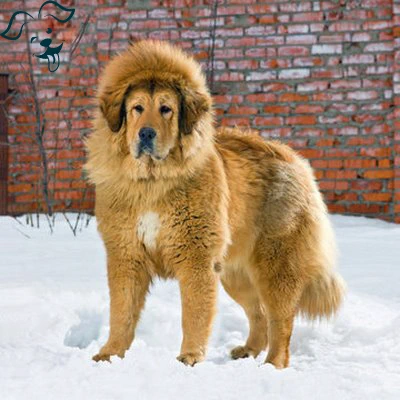
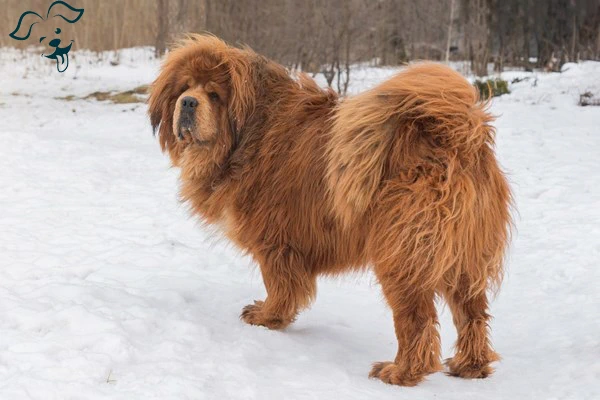
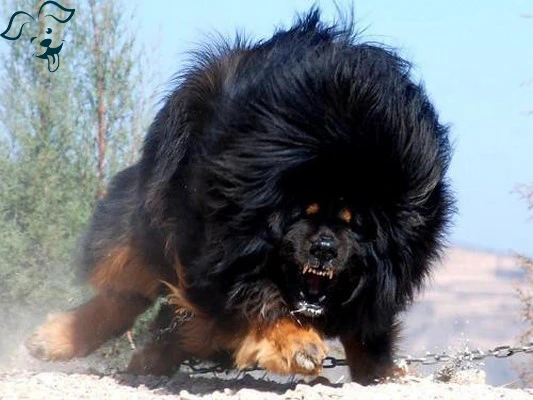

















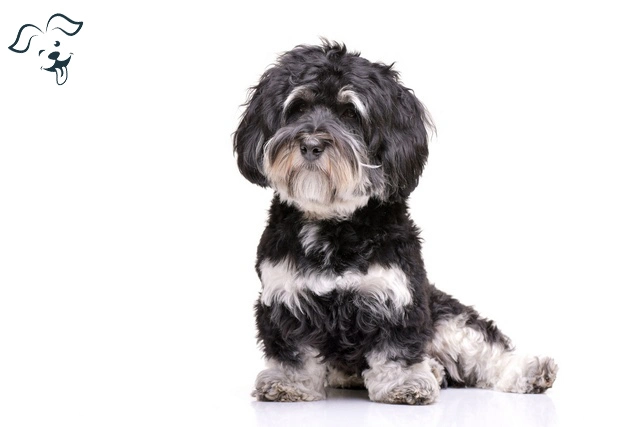
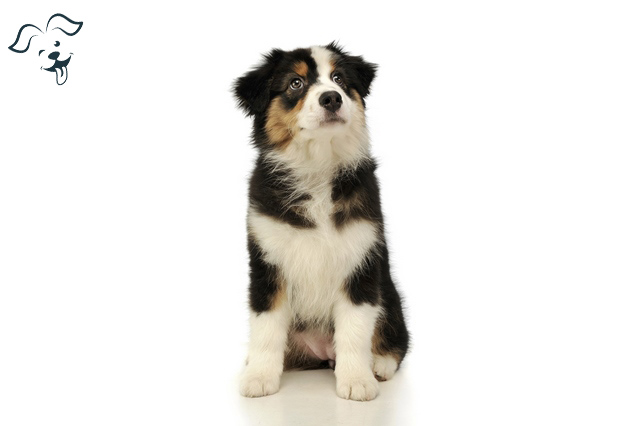
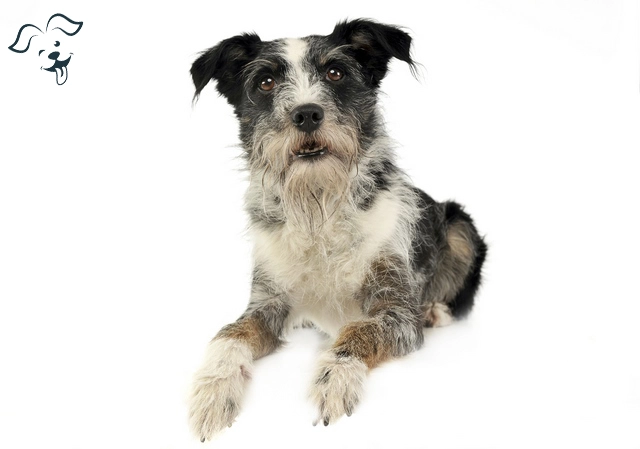
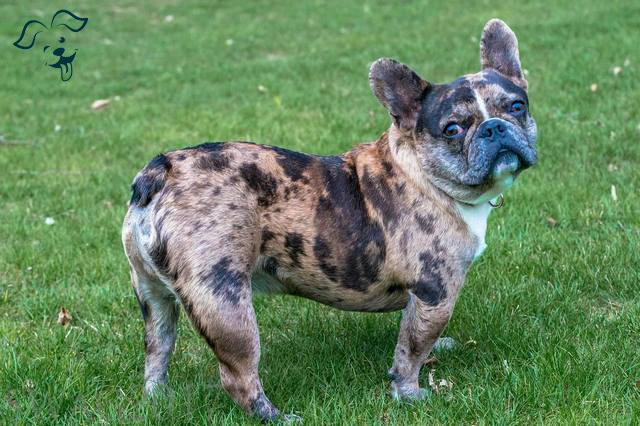
FRIENDLINESS
LIVELINESS
VIGILANCE INTENSITY
ADAPTATION CAPACITY